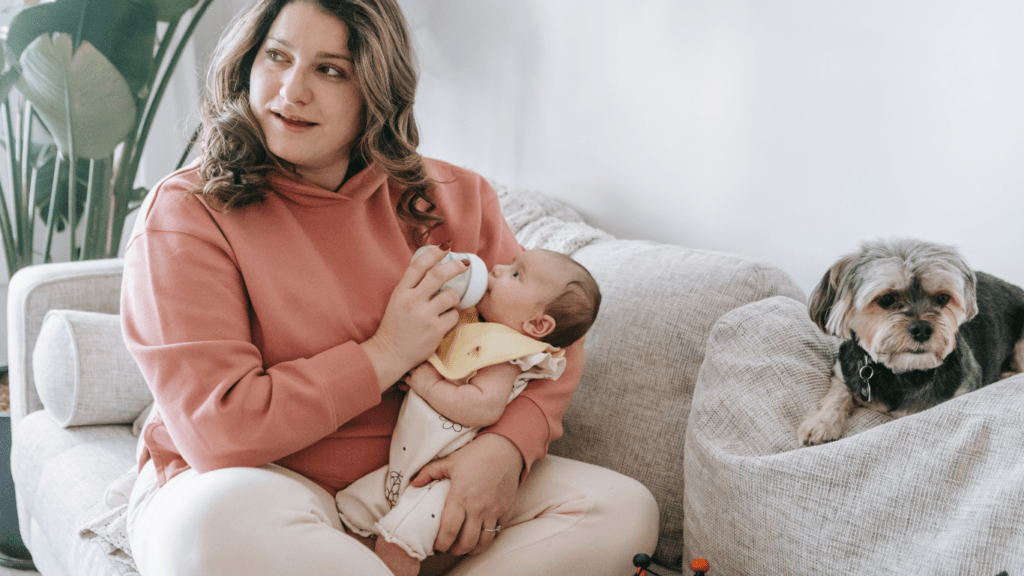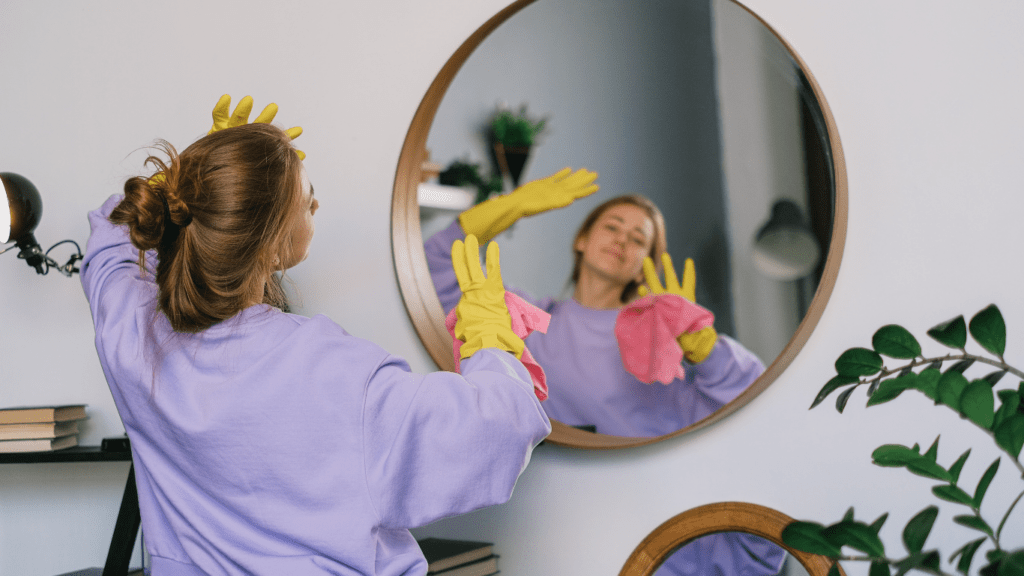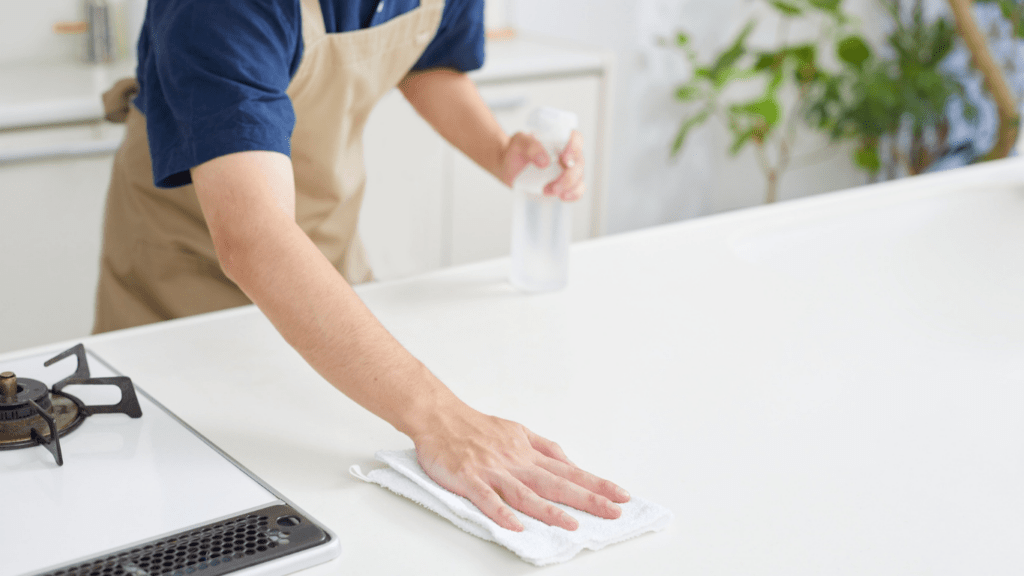Creating a home that’s safe for both pets and kids can feel like a balancing act. As a pet owner and parent, I know how important it is to ensure that our living spaces nurture both our furry friends and our little ones.
With a few thoughtful adjustments, you can transform your home into a haven where everyone can thrive. From selecting the right materials to implementing clever storage solutions, there are plenty of ways to keep hazards at bay.
In this article, I’ll share practical tips and insights to help you design a pet-safe and child-friendly environment. Whether you’re preparing for a new arrival or just looking to enhance your current setup, these strategies will make your home a safer and happier place for all.
Understanding the Importance of a Pet-Safe and Child-Friendly Home
Creating a pet-safe and child-friendly home enhances the safety and well-being of all family members. Pets and children frequently explore and interact with their surroundings, so it’s vital to eliminate potential hazards.
Ensuring safety minimizes accidents and injuries, fostering a nurturing environment. Recognizing the importance of this dual approach leads to thoughtful adjustments in home design. Selecting non-toxic materials prevents exposure to harmful substances that could affect pets and children.
Implementing secure storage solutions keeps dangerous items out of reach, promoting safety. Designing spaces that accommodate both pets and children requires an understanding of their behaviors.
Children may drop small objects, and pets might chew on things they shouldn’t. Anticipating these actions allows for smart choices in furniture and decor. Encouraging safe play is vital.
Providing designated areas for pets and children to engage with toys or activities maintains a harmonious environment. By separating play zones, I can prevent conflicts and ensure everyone enjoys their space.
A pet-safe, child-friendly home not only protects family members but also strengthens bonds between them. A safe environment promotes interaction, creating a positive atmosphere for growth and learning.
Prioritizing safety and comfort encourages responsible pet ownership and nurturing parenting.
Key Considerations for Safety
Creating a safe environment for both pets and children involves careful assessment and identification of potential hazards. Addressing these factors ensures a nurturing space for all family members.
Assessing the Environment
I start by evaluating both indoor and outdoor spaces. I check for accessible outlets, sharp objects, and any furniture corners that pose risks of injury. I generally avoid placing items like candles or decorative pieces within reach of children and pets.
I also consider the layout of furniture, ensuring pathways remain clear to prevent accidents. By frequently reassessing the environment, I can adapt to the changing needs of my family.
Identifying Potential Hazards
I prioritize identifying common hazards in my home. I secure cleaning supplies and medications in locked cabinets. I also evaluate plants for toxicity, keeping only pet-safe varieties like spider plants or Boston ferns.
I remove choking hazards, like small toys or loose change, from accessible areas. Using safety gates and playpens helps establish boundaries for both kids and pets. Regular inspections of toys and furniture help prevent wear that could create unexpected dangers. This proactive identification fosters a safer environment for everyone.
Pet-Safe Home Features
Creating a pet-safe home features is essential for both pets and children. I focus on using safe materials and designating specific areas to ensure a harmonious environment.
Safe Materials and Décor
I prioritize materials that won’t harm pets or children. I select non-toxic paints, finishes, and adhesives to reduce exposure to harmful chemicals. Choosing indoor plants requires caution; I opt for varieties that are safe for animals, such as spider plants and Boston ferns.
Flooring plays a critical role; I favor slip-resistant surfaces like cork or carpets with low VOCs (volatile organic compounds) to minimize accidents. Fabrics used in upholstery must be durable and easy to clean, considering the wear and tear from both kids and pets.
Additionally, I ensure that any cords from blinds or electronics are secured to prevent entanglement hazards.
Designated Pet Areas
I create designated pet areas to keep harmony between pets and children. These spaces include comfortable beds, toys, and food dishes, establishing boundaries while allowing pets to relax. I incorporate easy-to-clean mats or rugs to contain any messes and facilitate quick clean-ups.
Training my pets to use these areas helps maintain order, especially during playtime. I also set up barriers or gates to restrict access to certain areas of the home, ensuring safety while allowing pets to feel included in family activities.
Regular inspections of these spaces ensure that they remain tidy, safe, and suitable for both pets and children.
Child-Friendly Home Essentials
Creating a child-friendly home involves thoughtful selections that ensure safety without sacrificing fun. Below, I outline essential components for maintaining a safe environment for young children.
Safe Toys and Play Areas
Selecting safe toys is crucial for preventing injuries. Prioritize toys made from non-toxic materials, and ensure they are age-appropriate to minimize choking hazards. Regularly inspect toys for wear and tear, discarding those that are damaged.
Designated play areas enhance safety and organization. Use soft flooring, such as foam tiles or carpets, to cushion falls. Arrange furniture to create clear pathways, reducing the risk of bumps and bruises.
Incorporate storage solutions for toys to maintain an orderly environment. Use baskets or bins with lids to keep small items out of reach, encouraging kids to play safely while also teaching them organization skills.
Snack and Meal Safety
Snack and meal times present specific safety concerns. Use child-proof containers for snacks to prevent spills that attract pets. Opt for non-toxic utensils and dishes that are safe for children, avoiding small pieces that pose choking risks.
Store hazardous items like sharp knives and hot pots out of reach. Utilize cabinet locks to secure cupboards and drawers containing potentially dangerous items. Familiarize children with safety rules in the kitchen, emphasizing the importance of adult supervision.
Designate a pet-free zone during meal times, creating boundaries that protect children from unexpected interactions with pets. This practice not only enhances safety but also promotes positive dining experiences for everyone involved.
Combining Safety Measures
Creating a pet-safe and child-friendly home involves integrating various safety measures. I focus on practical strategies that address the unique needs of both pets and children while fostering a harmonious living environment. Here are key components to consider:
- Barrier installations: I use baby gates to restrict access to specific areas, ensuring pets and kids can’t reach hazardous spaces like stairways or the kitchen during meal prep.
- Safe storage solutions: I store cleaning supplies, medications, and sharp objects in locked cabinets. This prevents both pets and children from accessing harmful substances or items.
- Material selection: I opt for non-toxic paints, finishes, and upholstery. Choosing safe materials ensures a healthy environment for everyone while reducing exposure to harmful chemicals.
- Designated play areas: I create specific zones for kids and pets, equipped with appropriate toys and comfortable beds. These designated areas help maintain order and provide safe spaces for interaction.
- Regular inspections: I conduct frequent checks on toys, furniture, and play areas. Regular inspections help identify potential hazards, ensuring that both pets and children enjoy a secure environment.
- Training and boundaries: I focus on training pets to understand which areas are off-limits and reinforcing boundaries. This encourages respectful interactions and minimizes conflicts.
By implementing these combined safety measures, my home becomes a nurturing sanctuary for both pets and children. Each component works together to support safety, comfort, and well-being for the entire family.



